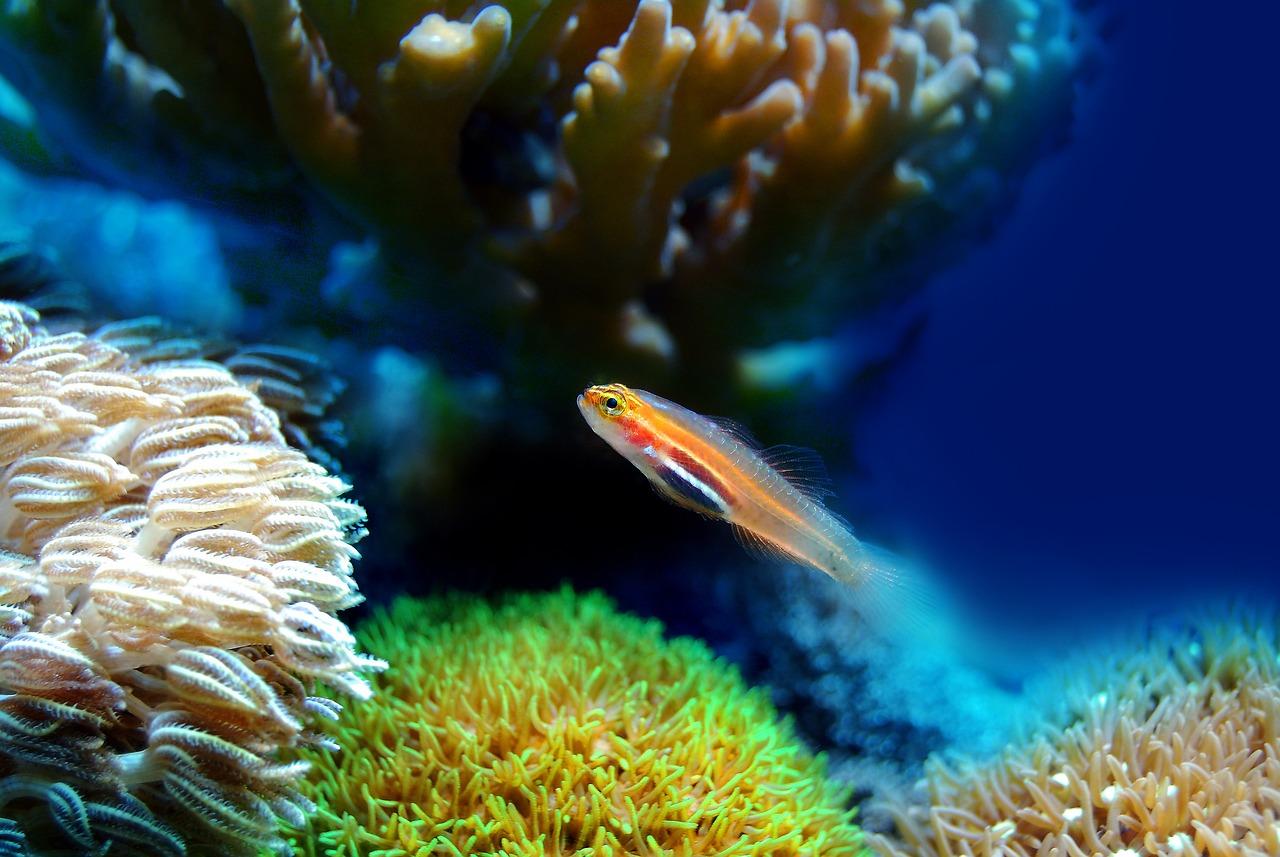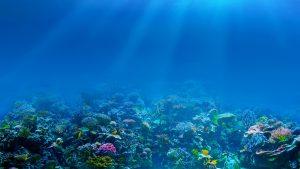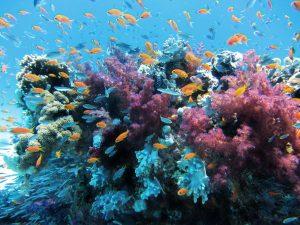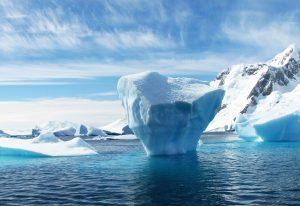As the world grapples with the multifaceted impacts of climate change, the spotlight often falls on terrestrial ecosystems. However, our oceans are undergoing profound transformations that demand equal, if not more, attention. Marine Protected Areas (MPAs) are crucial for conserving marine biodiversity and sustaining fishery resources. Yet, the accelerating pace of climate change raises pressing questions about the long-term efficacy of these underwater sanctuaries.
Climate Change and Marine Ecosystems
Climate change, driven by anthropogenic greenhouse gas emissions, poses a significant threat to marine ecosystems worldwide. Rising ocean temperatures, declining oxygen levels, acidification, and changes in primary productivity are already altering the behavior, physiology, and geographic distributions of marine organisms. These shifts often force species to migrate poleward or to deeper waters, seeking refuge in habitats with suitable conditions. This phenomenon, known as range shifts, can lead to local extinctions and changes in community structures, especially for species already listed as threatened or those under intense fishing pressure.
The Role of Marine Protected Areas
MPAs are designed to conserve biodiversity, protect critical habitats, and support fisheries management. By maintaining essential ecological processes and enhancing ecosystem resilience, MPAs can also contribute to climate change mitigation, for instance, by fostering carbon sequestration. However, many MPAs were not established with future climate change impacts in mind, and their ability to protect marine species under changing conditions is now under scrutiny.
A recent study evaluated the future exposure of 398 threatened and commercially important species within European MPAs to novel climatic conditions projected by the end of the 21st century. This research provides crucial insights into how different emission scenarios might affect the effectiveness of MPAs and the species they aim to protect.
Key Findings
The study assessed two contrasting climate scenarios: a low-emission scenario (SSP1–1.9) and a high-emission scenario (SSP5–8.5). The findings revealed stark differences in the potential impacts on MPAs and marine species:
- Under the low-emission scenario (SSP1–1.9):
- Approximately 6.5% of species and 0.5% of MPAs will face novel climatic conditions.
- This scenario suggests a relatively stable climate for most species and MPAs, increasing the likelihood of preserving existing ecological functions.
- Under the high-emission scenario (SSP5–8.5):
- A staggering 87% of MPAs and 80% of species are projected to be at risk.
- Up to 100% of species in enclosed and semi-enclosed seas like the Baltic Sea and the Black Sea will be exposed to novel or extremely novel conditions.
- This scenario indicates that even newly established MPAs might not be sufficient to protect species in these regions.
Regional Impacts
The study highlighted significant regional differences in species’ exposure to future climatic conditions:
- Most Impacted Regions:
- The Baltic Sea, the Black Sea, and parts of the Mediterranean and North Sea will see the highest proportions of at-risk species.
- These regions already face rapid temperature increases and additional human-induced stressors, making them particularly vulnerable.
- Less Impacted Regions:
- The Norwegian Sea, North-East Atlantic, and western parts of the Mediterranean and North Seas are expected to be less impacted, even under the high-emission scenario.
Implications for Marine Conservation
The results underscore the urgent need for proactive and forward-looking conservation strategies. Traditional approaches to marine governance may not suffice in ensuring the success of MPAs under future climate conditions. Instead, novel anticipatory forms of governance are needed. This includes:
- Identifying and Preserving Climatic Refugia: Areas that maintain stable climatic conditions can serve as refuges for species adapting to climate change.
- Strengthening MPA Regulations: Ensuring that MPAs are fully or highly protected can significantly enhance their resilience to climate change.
- Adapting Management Strategies: Incorporating climate change projections into conservation planning can help in adjusting management strategies to better protect at-risk species.
- Global Emission Reductions: Meeting the Paris Agreement targets is crucial to minimize the extent of climate change impacts on marine ecosystems.
Conclusion
This study provides valuable insights into the potential impacts of future climate change on European MPAs and highlights the pressing need for adaptive and anticipatory conservation strategies. As we move towards achieving global biodiversity targets, such as the Kunming-Montreal Global Biodiversity Framework’s goal of protecting 30% of the world’s oceans by 2030, it is imperative to ensure that our conservation efforts are robust against the impending challenges of climate change. The future of our oceans depends on our ability to evolve and innovate in our approach to marine conservation.







